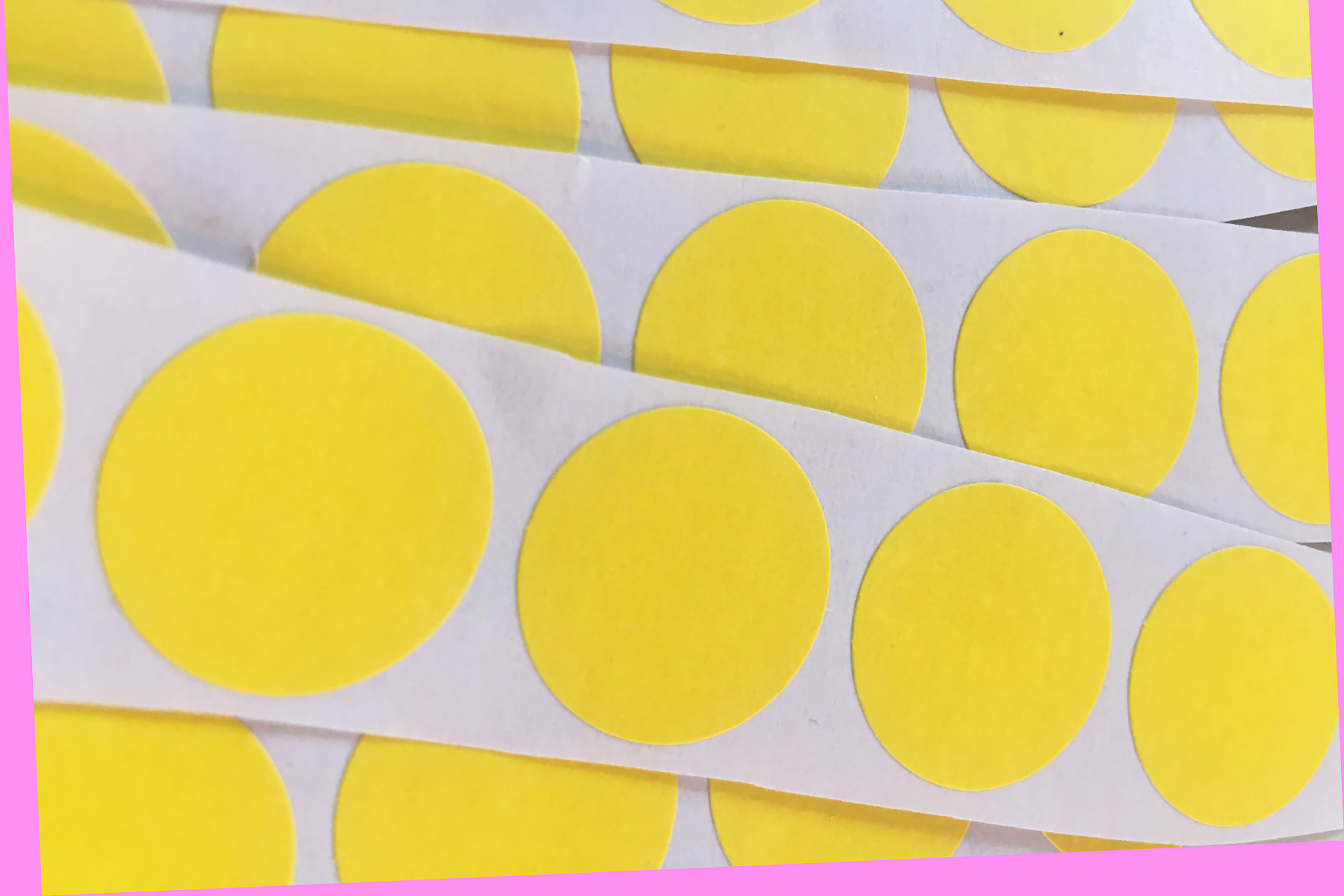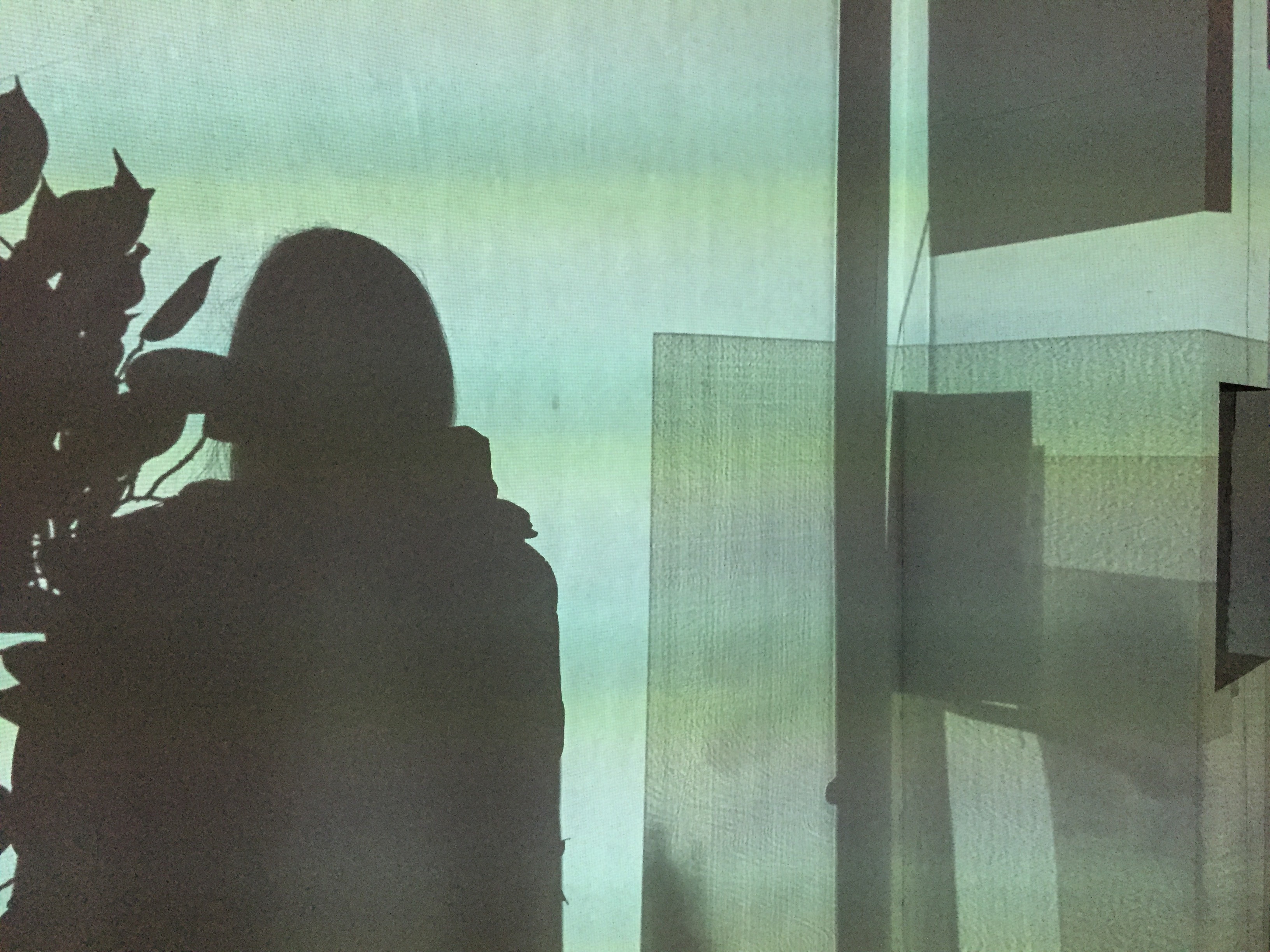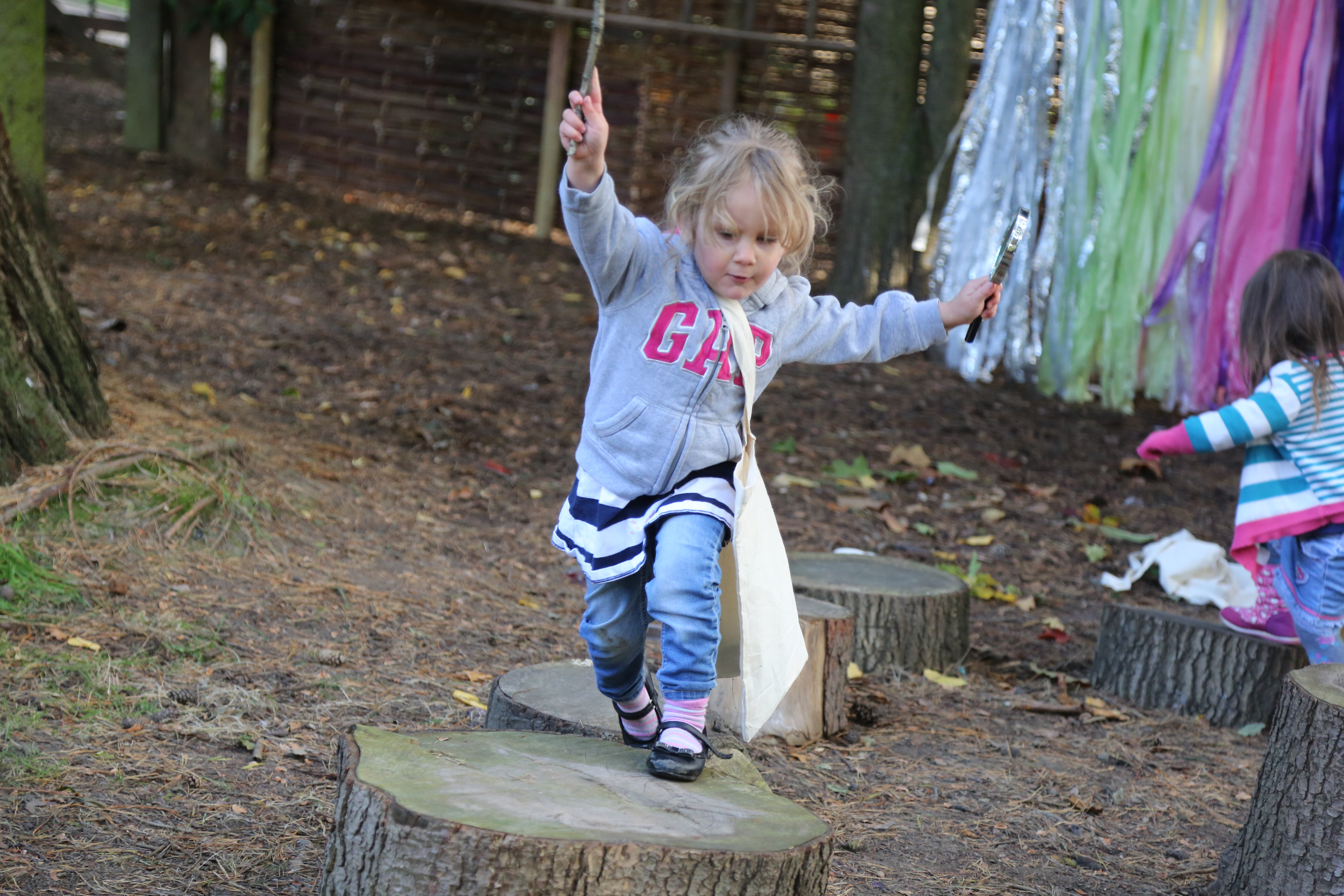Adults can play an important role in supporting children’s creativity by interacting with them in ways that open up new possibilities for learning. This post talks about what a suggestion is and gives four tips for how they can be used in children’s art education. These ideas may be especially handy for parents, carers, educators and artists working with young children under the age of ten. What is a suggestion? To suggest something means to present an idea for consideration (1). A suggestion can be used to give children choices about how their learning can proceed in an education environment (2). Choices are important as they open up different creative possibilities. Suggestions can draw children’s attention to a particular problem, assist them in exploring a topic encourage them to reflect on an experience in a deeper way. Suggestions are different from direct instruction as they imply there are options (2). If…
How to use artworks in children’s art activities
Artworks can support children in imagining the world differently. I draw upon the work of Maxine Greene and John Dewey to explore the proposition that children’s learning through artworks has the potential to challenge dominant discourses, opening up new ways of thinking and being. There is also a resource list for educators and parents interested in incorporating artworks into children’s learning. “It is not that the artist offers solutions or gives directions. He nudges; he renders us uneasy; he makes us (if we are lucky) see what we would not have seen without him. He moves us to imagine, to look beyond” Maxine Greene (2000, p. 276). Artworks can be used in many ways for many different reasons in learning contexts. They offer rich possibilities for experiencing and imagining the world from new and multiple perspectives. Visual art as well as the arts more generally, have the ability to make people aware of…
Why Play Matters
‘We play because we are human, and we need to understand what makes us human, not in an evolutionary or cognitive way but in a humanistic way. Play is the force that pulls us together.’ Miguel Sicart This post features a book review of Miguel Sicart’s Play Matters. Released as part of MIT’s Playful Thinking series, Sicart proposes a reconceptualisation of play as a universal tool for exploring, understanding and producing relations with the world. Throughout this blog I plan to write around the topics of art, experiential education theory, play, environment design, gallery education and informal learning. This will be done through various forms including discussion of current research, case studies of museums, galleries, libraries and community spaces, topics of currency within the media and reviews from parents and children participating in activities. This post is the first in a series that will review key texts in the field. Miguel Sicart’s…
‘Children’s learning with new, found and recycled stuff’ symposium at AARE
This post discusses the symposium presentation ‘Material play: children’s learning with new, found and recycled ‘stuff’ given by Professor Pat Thomson, Nina Odegard and Louisa Penfold at the Australian Association for Research in Education (AARE) in Canberra, Australia. Image: Bradley Cummings On November 27, 2017 Professor Pat Thomson (University of Nottingham), Nina Odegard (University College of Oslo and Akershus) and myself (University of Nottingham) gave a presentation at the AARE conference on children’s learning with materials. Each of our presentations was built on the understanding that many educators and artists working with young children are committed to play-based practices and understand this as being critical to individual and social learning. Over the 90 minute symposium, we talked about how our individual work with children explores the research question: when children are ‘doing art’ play what are they learning with the materials they choose? Overall, we argued that when children are playing with materials, they are simultaneously:…
Yorkshire Sculpture Park’s family learning program
This post features an interview with Emma Spencer, Family Learning Coordinator at the Yorkshire Sculpture Park (UK). The Yorkshire Sculpture Park sits upon 500 acres of jolly green parkland that an Australian who has never visited rural England may be pitifully excited to see. The open-air gallery won the 2014 Art Fund Prize for Museum of the Year and is also home to the National Arts Education Archive. In 2014 the Park was awarded a three- year grant from the Paul Hamlyn Foundation to conduct an action-research project looking at the development of its family-learning programme. I recently spoke with Emma Spencer about the project’s findings and future plans for early years learning at the gallery. Could you please give some background on the action research project? What were your initial ideas and motivations? Starting out, the key focus of the research was around bringing people from the community together with the Park.…
Why blogging about children, art & learning is important
This is a philosophical post. I am writing to share my motivations for why I blog every week on Art Play Children Learning. Blogging is a fantastic thing. I point this out because I didn’t know it before I did it myself. Back in February 2016 when I started blogging, I had no idea where Art Play Children Learning would go. Since then I have published 60 posts, started accompanying Instagram and Pinterest pages, become more consistent with publishing content (every Thursday morning GMT), and built a following of fellow art and education lovers. Running Art Play Children Learning is time-consuming and sometimes costly. However, blogging is also deeply rewarding and so fulfilling. I would highly recommend starting a blog to others working in art and education. Here are my reasons why… Connecting with others who share a relentless enthusiasm towards art and education. Everything grows faster when people work…
2015 Engage Conference: Young people working with art and artists
Late last year I attended and presented at the 2015 ‘Engage’ conference in Glasgow, Scotland. The conference theme was focused on young people’s programs and partnerships with art galleries. You can read my reflections from the conference on the Centre for Research in Arts, Creativity and Literacies blog here.






